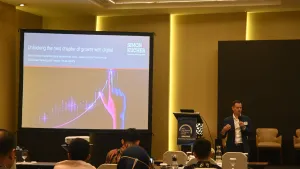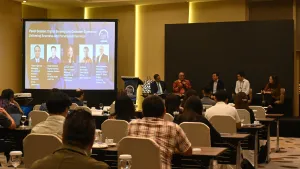
What you must know about India's foreign bank rules
What reforms will be implemented?
According to Fitch, the Reserve Bank of India's (RBI) recent steps aimed at subsidiarisation of domestic foreign banks recognises the need for greater foreign participation in a growing Indian economy.
These rules are unlikely to alter the banking sector's competitive landscape by itself, but does signal the prospect of further reforms.
Here's more from Fitch:
Wholly owned subsidiaries (WOS) of foreign banks will now have considerable freedom to open branches, list on Indian exchanges and participate in domestic M&A. In theory, these ought to encourage existing large foreign banks to deepen their business profiles in India. But regulatory treatment which is almost equivalent to that for domestic banks, will also create formidable challenges such as meeting priority sector lending (PSL) norms (40% net bank credit) and maintaining at least 25% of all new branches in unbanked centres.
Foreign banks with 20 or more branches are anyway obliged to comply with the broad and sub-targets under PSL, and have until FY18 to do so. However, their ability to achieve this remains largely untested, as even Indian banks find it hard at times to meet these targets on a consistent basis. Moreover, meeting PSL guidelines may alter risk profiles and intensify competition in areas that are not traditional growth areas for foreign-owned entities - such as agribusiness, for which a sub-limit of 18% is applicable.
It is not obvious that the recent framework will incentivise foreign banks to adopt the WOS model; but in the event they do, Fitch believes that such a step is likely to be driven by strategic reasons - as commercial reasons appear less compelling. The option of converting to subsidiaries was also made available during the first phase of India's foreign bank reforms between FY05-FY09, though foreign banks refrained from exercising this option.
The newly introduced framework is broadly based on the two core principles of reciprocity and single mode of presence. But, notwithstanding reciprocity, issues around parent shareholding and control will also have to be resolved in time before existing institutions evince greater interest in expanding their local presence. So far, these banks have enjoyed complete integration with their parent.
Large foreign banks which may ultimately opt for subsidiarisation could benefit over the longer-term and consolidate their presence. But even then, limited capital headroom may pose future growth challenges. This is because their net worth currently stands at around 15% of the system's total capital and reserves, and not too far below the 20% limit under the new regulation.
An increasingly visible objective of the Indian authorities is to raise the level of financial inclusion as well as banking competition - and in a manner which is consistent with financial stability. As such, the recent rules are a good beginning - but insufficient, by themselves, to shake up the domestic banking landscape. But what it potentially signals is that further banking reforms - currently being considered - are not too far off.
Foreign banks in India have a small but rising share of system assets, which stood at around 7% at FYE12. There are more than 40 foreign banks in India, of which the top three (Citibank, Standard Chartered and HSBC) account for over 60% of the total foreign banking assets. All of these institutions operate at present through the branch format.






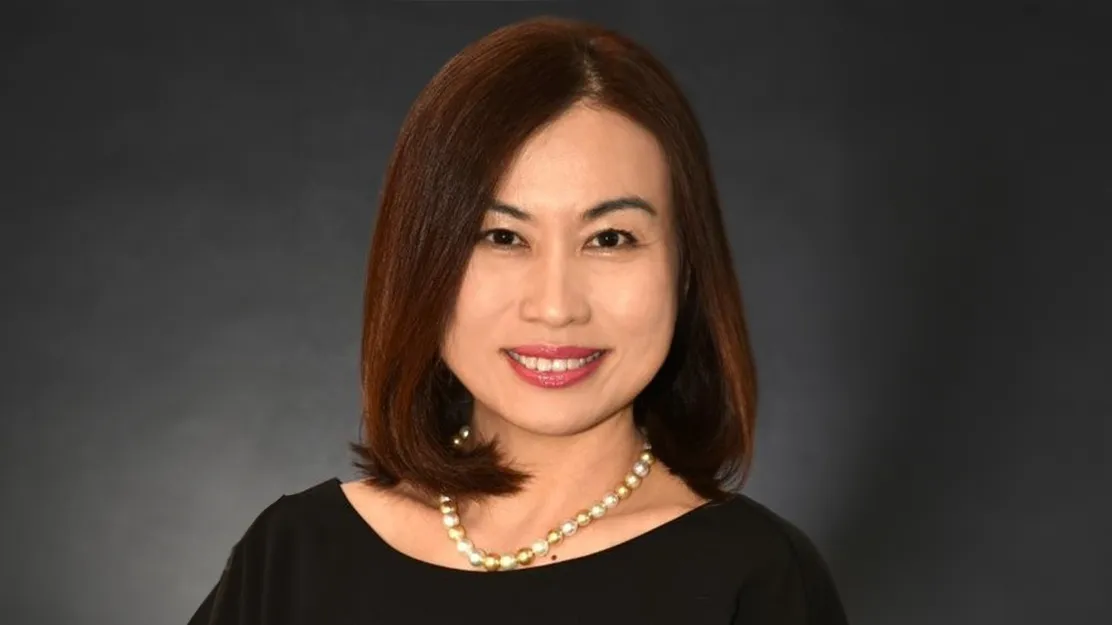


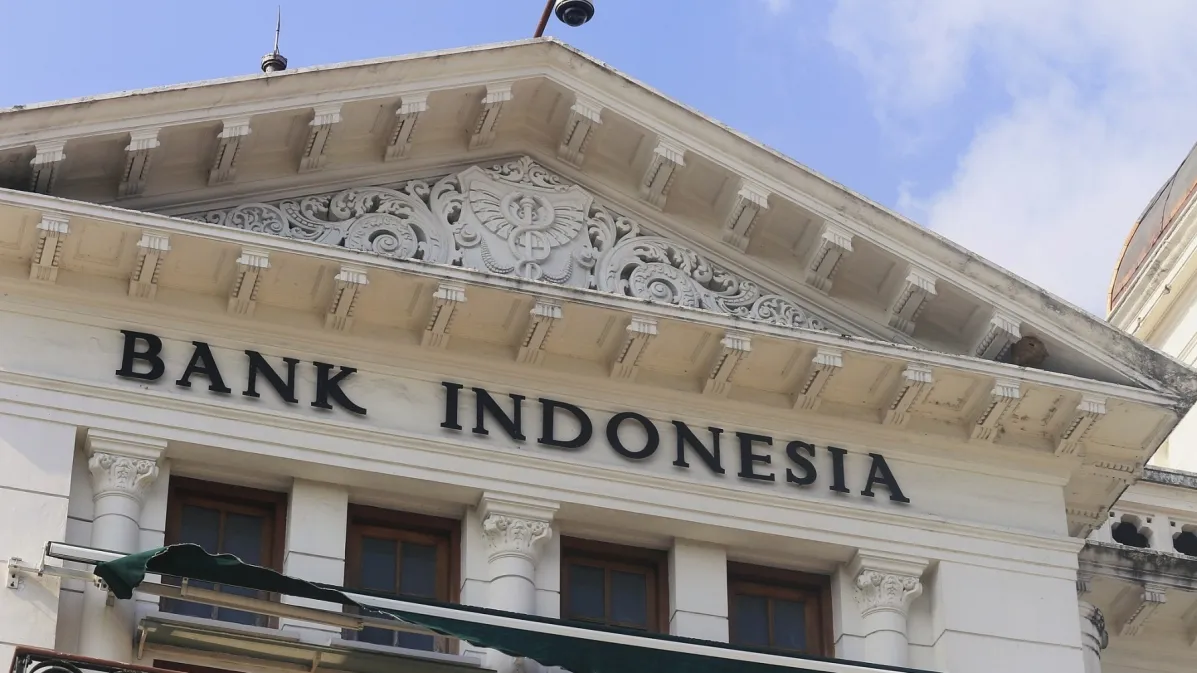
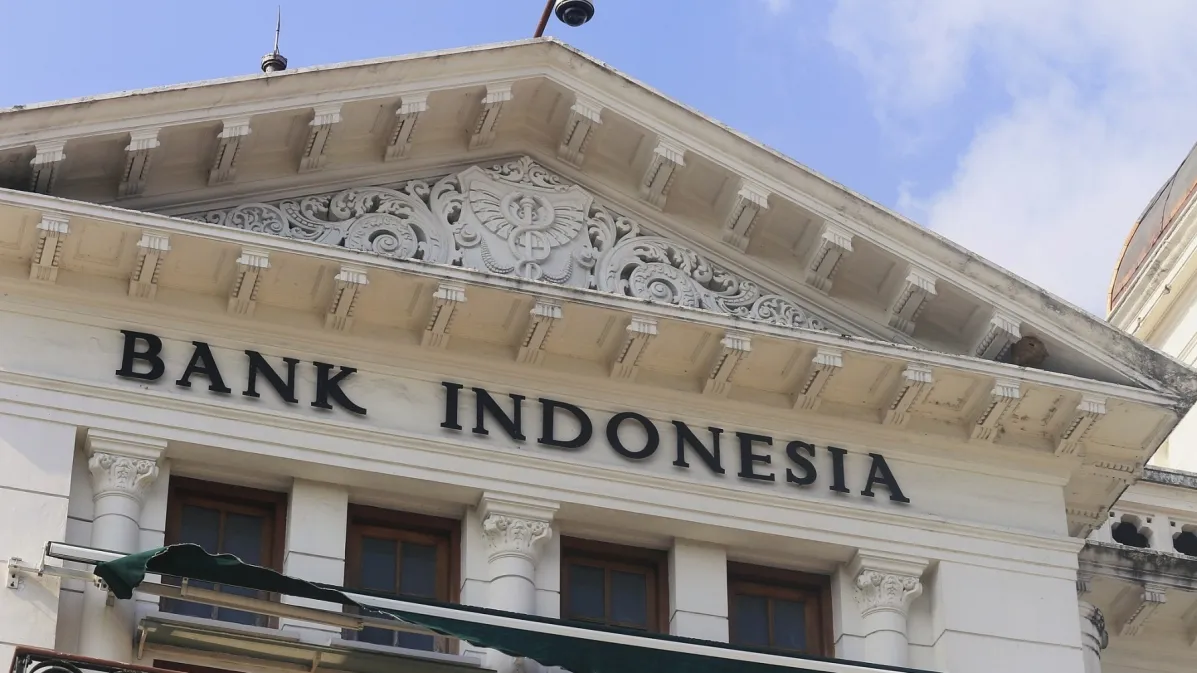


 Advertise
Advertise

